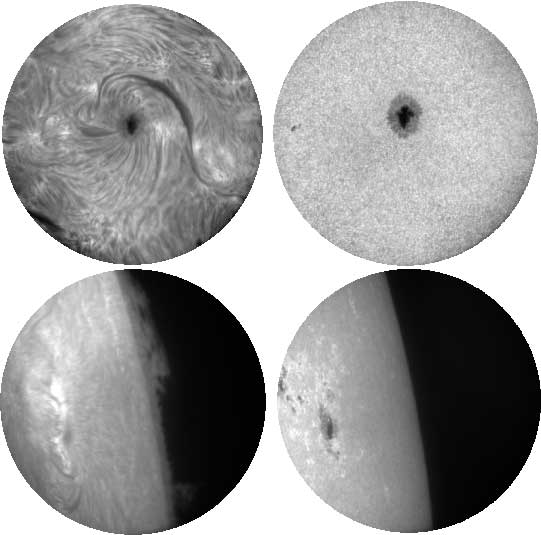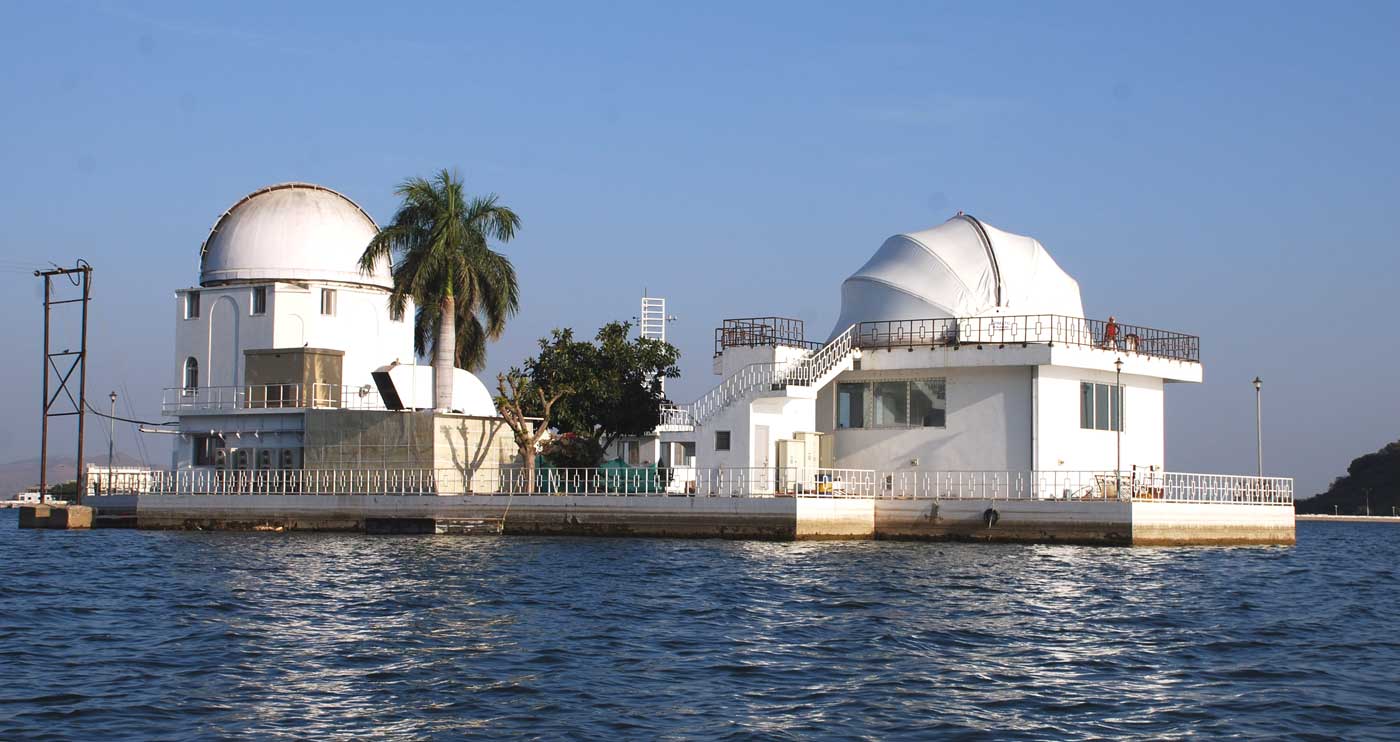Udaipur Gets India's Largest Telescope - MAST
Say hello to MAST - Multi-Application Solar Telescope, India's new biggest telescope located at the Udaipur Solar Observatory (USO). The MAST was inaugurated yesterday by Prof. U.R. Rao, Chairman of the governing council at the Physical Research Laboratory at Ahmedabad. The MAST telescope is located on an island in the Fateh Sagar lake with the control office located nearby. The official website of the observatory notes that the sky over Udaipur is very favorable for space observations and the surrounding lake reduces the temperature on the surface. This allows for lesser turbulence in the air mass which in-turn helps in improving the image quality and observation.
Prof. Rao spoke at the inaugural event informing the audience that the new telescope will allow the researchers to study the movement of stars even during day time. It will also help keep track of the movement of the Sun. Prof. Rao expressed hope that Indian researchers will be able to advance the knowledge we have about our skies.

Image Captured By MAST
The MAST will be governed by the Ministry of Science and Technology along with the Physical Research Lab at Ahmedabad. Build with a funding of about Rs. 26 Cr from the department of science, the MAST has been equipped with latest technology to capture 3D images of important solar events viz. the solar blast and solar flares.
MAST was designed back in 2004 as an off-axis Gregorian-Coude telescope having 50 cm aperture. A special dome made up of tensile fabric was recently commissioned to cover the telescope. The backend instruments of MAST include adaptive optics system, narrow band imaging polarimeter and LCVR polarimetric module. ISRO too has provided a spectropolarimeter, which will be deployed soon.

Researchers hope to study the seismic effects of solar flares and measure the vector magnetic fields at various heights in the Sun's atmosphere. Though currently India's biggest, the MAST is quite smaller in comparison to the <a href="https://www.crazyengineers.com/threads/chinas-fast-telescope-will-listen-to-sounds-from-the-universe.82052">China's FAST Telescope Will Listen To Sounds From The Universe</a>, being built by <a href="https://www.crazyengineers.com/threads/worlds-largest-radio-telescope-getting-ready-in-china-by-2016.81799">World's Largest Radio Telescope Getting Ready In China By 2016</a>.
Source: #-Link-Snipped-#
Prof. Rao spoke at the inaugural event informing the audience that the new telescope will allow the researchers to study the movement of stars even during day time. It will also help keep track of the movement of the Sun. Prof. Rao expressed hope that Indian researchers will be able to advance the knowledge we have about our skies.

Image Captured By MAST
The MAST will be governed by the Ministry of Science and Technology along with the Physical Research Lab at Ahmedabad. Build with a funding of about Rs. 26 Cr from the department of science, the MAST has been equipped with latest technology to capture 3D images of important solar events viz. the solar blast and solar flares.
MAST was designed back in 2004 as an off-axis Gregorian-Coude telescope having 50 cm aperture. A special dome made up of tensile fabric was recently commissioned to cover the telescope. The backend instruments of MAST include adaptive optics system, narrow band imaging polarimeter and LCVR polarimetric module. ISRO too has provided a spectropolarimeter, which will be deployed soon.

Researchers hope to study the seismic effects of solar flares and measure the vector magnetic fields at various heights in the Sun's atmosphere. Though currently India's biggest, the MAST is quite smaller in comparison to the <a href="https://www.crazyengineers.com/threads/chinas-fast-telescope-will-listen-to-sounds-from-the-universe.82052">China's FAST Telescope Will Listen To Sounds From The Universe</a>, being built by <a href="https://www.crazyengineers.com/threads/worlds-largest-radio-telescope-getting-ready-in-china-by-2016.81799">World's Largest Radio Telescope Getting Ready In China By 2016</a>.
Source: #-Link-Snipped-#
0
